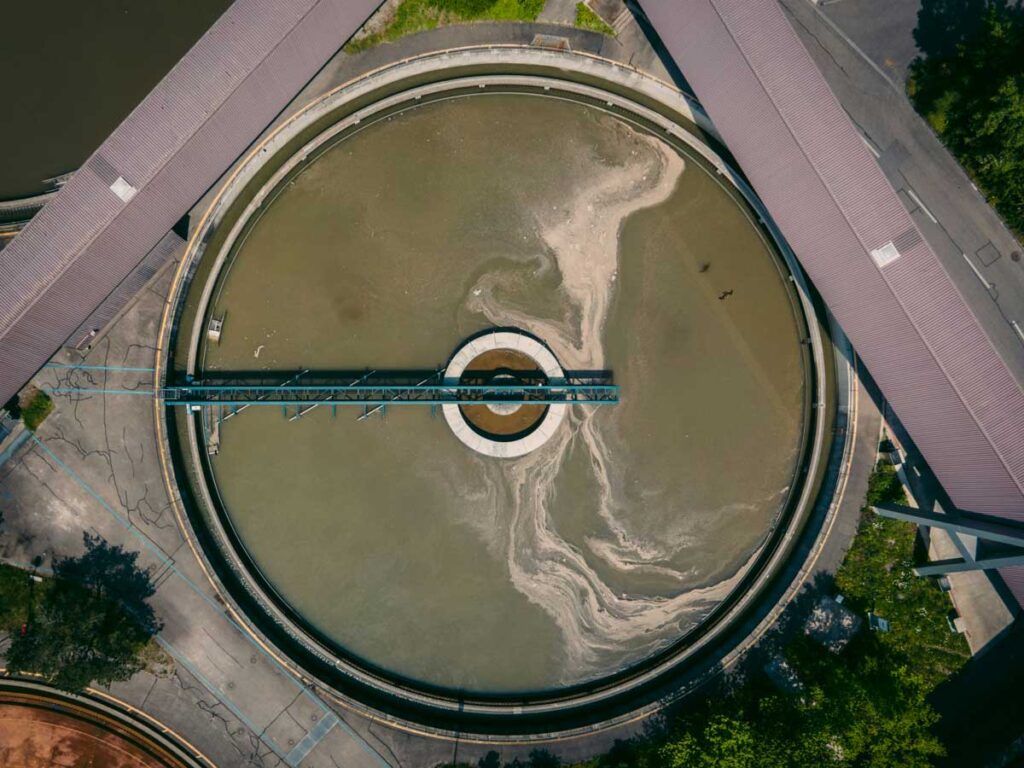When we turn on a tap or flush our toilets, we rarely think about where our water is coming from or where it goes afterwards.
Water in the modern world is a luxury – one which we have only begun to enjoy relatively recently in the course of human history.
But how long has it taken for our drains and sewers to get to this point, and why are good drainage systems so important?
Where It All Began
As humans began to build larger and larger settlements, the issue of what to do with their waste became more of a problem.
So ancient cultures developed some truly ingenious ways of dealing with their sewage – the predecessors of our modern sewers and drainage systems.
Civilizations in Mesopotamia, Greece, Egypt and Iran developed cunning water irrigation and drainage solutions around 4000 BC, using channels to bring water to dry areas and increase the concentration for growing crops more productively.
Ancient China used irrigation and drainage systems to better control flooding in the north of the country around 3000 BC, drastically improving their crop yields and protecting settlements from flood damage.
Regions around Pakistan and Western India were some of the first to regularly clean their irrigation systems and to cover their drains in major cities, ensuring sanitation and improving hygiene.
But by far the most well-known examples of ancient drainage systems were built by the Romans – many Roman cities are now famous for their stunning aqueducts.
Rome’s first water commissioner, Marcus Agrippa, oversaw the construction of an extensive drainage system to supply homes, fountains, and bathhouses, which improved the city’s cleanliness and hygiene.
In fact, the Cloaca Maxima (meaning ‘greatest drain’) predates many of the paved roads and aqueducts the Romans would later become famous for – it was later covered for sanitation reasons, becoming the city’s first underground sewer system.

Drainage In Britain
The most common solutions for disposing of wastewater in the middle-ages included cesspits or cesspools, which were smelly and unhygienic.
Sanitation was a common issue across the country, but by far the place with the worst hygiene was London – the industrialisation of Britain had caused serious overcrowding in urban areas.
Many people used ‘privies’ as their toilets – these were little more than holes in the ground with a wooden seat on top.
For the poorest of families, one privy might have been shared by up to a dozen other households.
Without a sewer system to carry it away, much of the wastewater was discharged directly into the Thames River – water which was also used for cleaning, cooking, and drinking.
The Flushing Toilet & ‘The Great Stink’
Although Thomas Crapper is sometimes credited with the invention of the flushing toilet in the 1500s, Sir John Harington was the true inventor – although his design was very inefficient and used a lot of water.
It would take roughly another 200 years before Alexander Cummings patented the flushing toilet in 1775.
The popularity of flushing toilets after The Great Exhibition of 1851 did little to improve things – water used during flushing overwhelmed cesspits, which then overflowed into local water supplies.
This led to ‘The Great Stink’ during the summer of 1858, when the foul smell of excrement from the river enveloped the city – clearly something had to be done.

Britain’s First Sewer System
In 1859, Joseph Bazalgette, chief engineer of London’s water works, and his team set to work building the extensive system of new drains and sewers across the city.
Around 1,110 miles of sewers were built to direct the flow of sewage away from the public and treat it safely, using steam engines to pump waste water up to the mouth of the Thames – Bazalgette’s designs were soon replicated all across the UK.
Much of Bazalgette’s original sewer network remains in place today, serving the 9 million people who live there every day.

Why Drainage Matters
Before the implementation of drainage systems, hygiene and sanitation were extremely poor, and infections and diseases were commonplace.
Without proper drainage systems, there is a serious risk of catching nasty bacterial infections, contaminating clean water supplies, and polluting the environment.
Today the UK has detailed regulations on drains, drainage systems, and foul water disposal to ensure that hygiene levels are maintained at a modern standard – this was last updated in 2010 to cover most drains still in use today.
Making sure that your drains are regularly maintained is key to keeping things flowing smoothly.
At Proseptic, we offer a wide range of professional services to help with just that – from CCTV drainage surveys, to drainage inspections and replacements.
If you would like to know more about what we do, or have any questions about our services, please get in touch with one of our team today!
